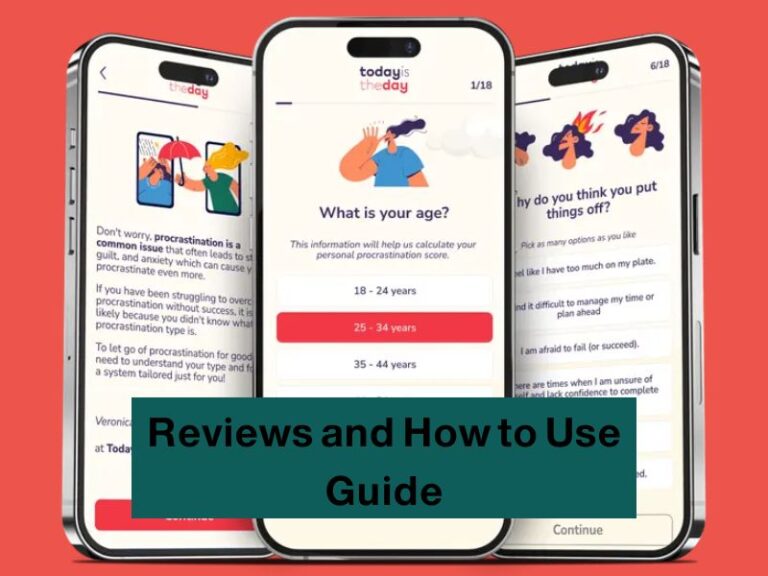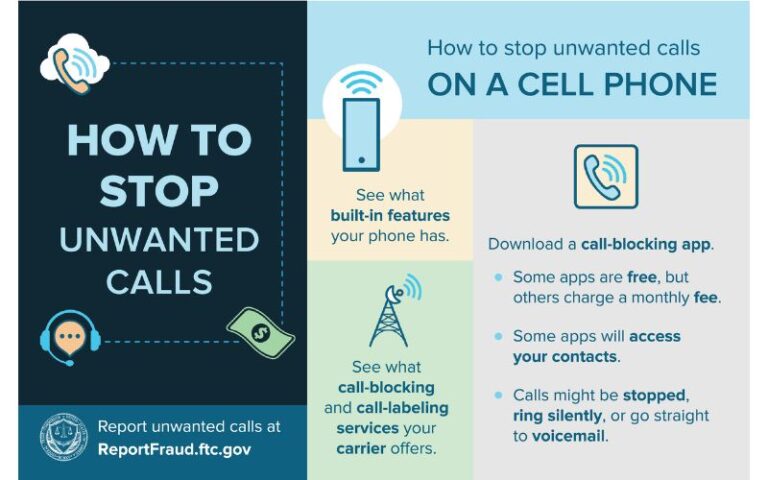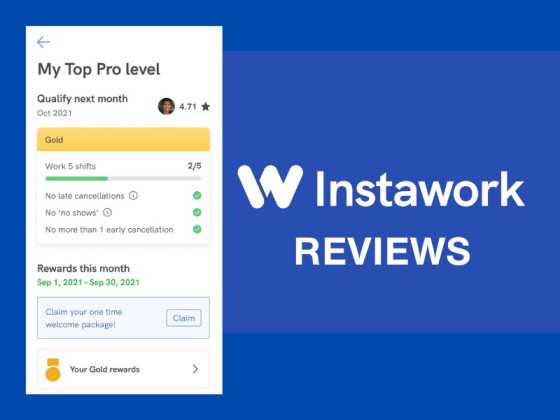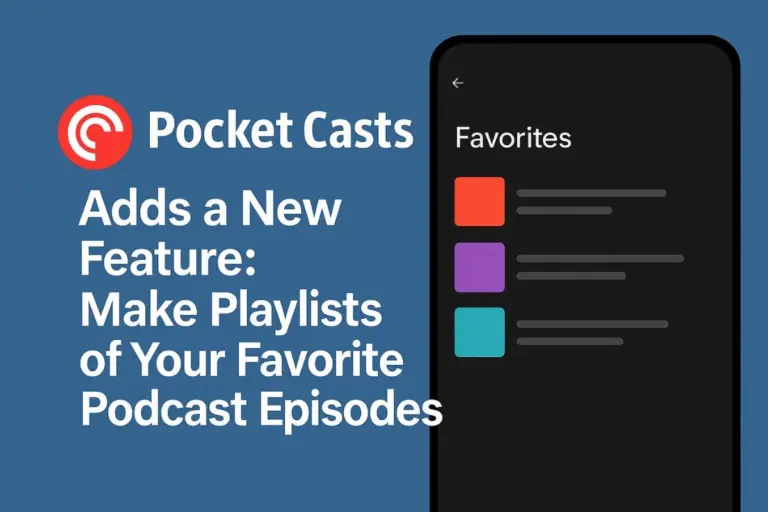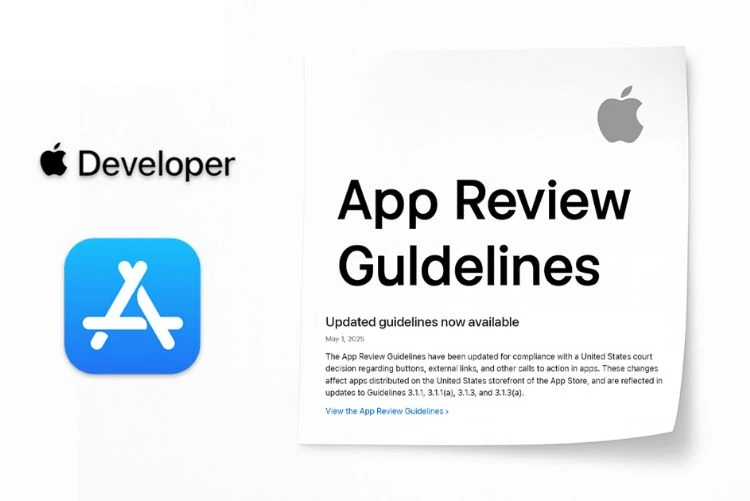Microsoft’s First AI Image Generator: Features, Power, and What It Can Do
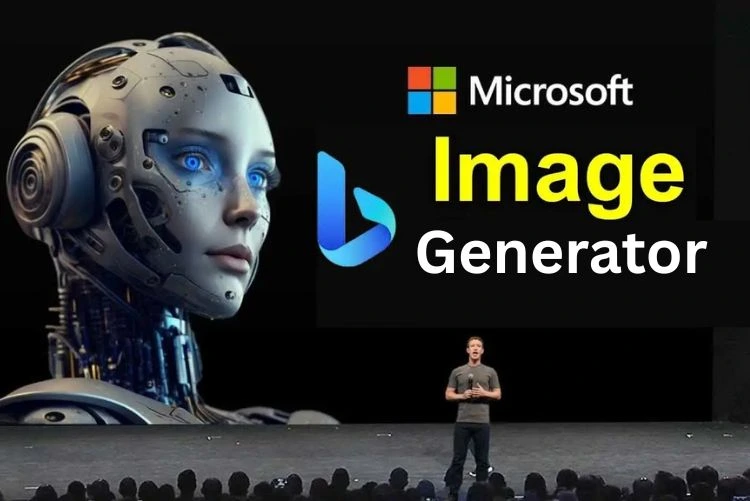
In the world of AI, Microsoft has just made a major move. They announced their very first internally built text-to-image generator, called MAI-Image-1. This is big: instead of relying on third parties, Microsoft is now making its own image AI from scratch. Let’s break down in simple words what this tool can do, how powerful it is (its capacity), where it’s strong, and where it may still struggle.
What Is MAI-Image-1?
Microsoft’s new tool, MAI-Image-1, is a text-to-image generator built internally by Microsoft AI. It’s part of Microsoft’s push to build more of its core generative AI models in-house.
Before this, Microsoft used external or partner models (like DALL-E) within things like Bing’s Image Creator or Microsoft Designer. But now, with MAI-Image-1, they own the model itself.
Microsoft claims MAI-Image-1 gives photorealistic images (for example, landscapes, lightning scenes) faster and more efficiently than many large models.
Key Features & What It Can Do
Here are the features and capacities Microsoft is advertising (and some of what people are seeing in use):
1. High Quality / Photorealism
MAI-Image-1 is built to produce images that look realistic and detailed, not generic or cartoonish. Microsoft says it aims to avoid repetitive, stylized outputs.
It’s particularly good at scenes like landscapes, weather effects (like lightning), natural lighting things that make an image “look like a photo.”
2. Speed & Efficiency
One of the selling points: they claim it can generate images faster and with less computational waste compared to bigger, heavier models. That means lower latency (less waiting) and less heavy hardware demand.
3. In-House Model
Since it’s built by Microsoft itself, they can control how it improves, how it’s integrated, and how it’s safeguarded. They don’t rely on third parties for the “brain” behind image generation.
4. Integration with Microsoft 365 / Copilot Agents
Microsoft is also expanding image generation inside Microsoft 365’s Copilot agents. The “image generator capability” is being added so that agents can generate multiple images from your prompt, let you modify them, download, select favourites, and more.
For example:
-
Each prompt can get four different images
-
You can refine or edit an image by giving follow-up instructions
-
You can pick, download, or view metadata (content credentials)
5. Microsoft Designer’s Free AI Image Generator
Although Microsoft now has MAI-Image-1, Microsoft’s Designer app already offers an AI image generator feature (using DALL-E) for free, where users can type what they want and generate images.
With Designer, you can also edit images using AI tools such as Generative Erase, Background Remover, Restyle Image, and Frame Image.
Designer’s generator often supports:
-
Text prompt → image
-
Different styles or formats
-
Free usage (no charge) for many users
So MAI-Image-1 may become a more advanced “back end” for these tools in the future, or Microsoft may use similar technology across its ecosystem.
- OpenAI Sora Video Generation App Review – The Future of AI Video Creation
- Spotify Lossless Review: A Great Upgrade With Many Drawbacks
What Can It Not Do (or Limitations)
Every new tool has limitations. Here’s where caution is needed:
-
Not fully tested by users yet — Because it’s new, real-world outputs, bugs, or weird failures are still being discovered. Microsoft says safety and consistency remain a focus. The Verge
-
Complex prompts or abstract ideas may struggle — As with many AI image models, vague or highly detailed prompts may produce inconsistent or bizarre results.
-
Human faces, hands, fine details — Historically, AI image models struggle with realistic human features and fine-grained details. We can expect some hiccups in these areas.
-
Ethics, bias & safety — Microsoft will need to be careful so the model doesn’t produce harmful or biased images, or misuse content.
-
Model rollback in other tools — Microsoft had to revert a Bing Image Creator upgrade after users complained about lower quality, meaning these systems are brittle and sensitive.
So while MAI-Image-1 is promising, it won’t be perfect on day one.
Why This Matters & What Changes
Why is Microsoft doing this? And how will it affect users?
-
Ownership & Control
Building your own model means Microsoft doesn’t depend on outside models. They can optimize, integrate better, and adjust policies and behavior themselves. -
Better Integration Across Tools
MAI-Image-1 can feed into Designer, Copilot, Bing, Office, etc. It means you can get AI images inside your writing, slides, and apps without switching tools. -
Potential Performance Gains
Because it’s optimized internally, delays, lag, or limits might be reduced. Users get faster images. -
Competition & Innovation
Microsoft is now more directly competing with tools like DALL-E, Midjourney, and Stable Diffusion. This may push better AI models and new features. -
Safer & Responsible AI
By managing their own model and safety protocols, Microsoft can build in guardrails, content filters, and metadata (provenance info) more tightly. The designer already adds metadata to detect the origin of edited/erased images.
TL;DR (What You Should Remember in 60 Seconds)
-
Microsoft’s first in-house AI image generator is MAI-Image-1.
-
It aims for photorealistic, fast, and efficient images.
-
It competes with existing tools but gives Microsoft full control.
-
Key features: multi-image output, refinement, and insertion into Microsoft 365 tools.
-
The designer already uses AI image generation (via DALL-E) and editing tools.
-
Limitations: real-world edge cases, human details, safety/bias issues, and early stage.
-
Why it matters: tighter integration, faster performance, ownership, safer AI.

